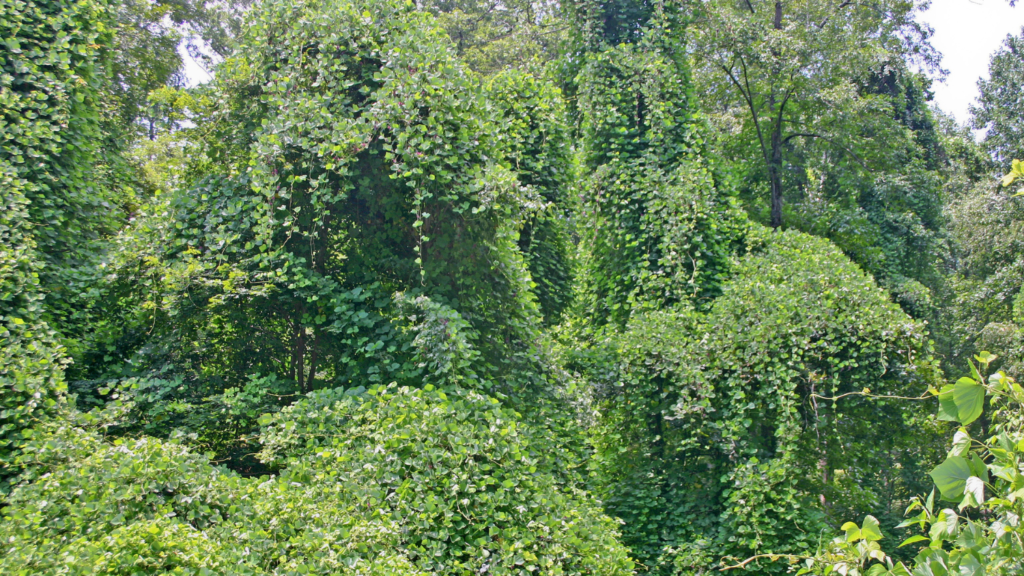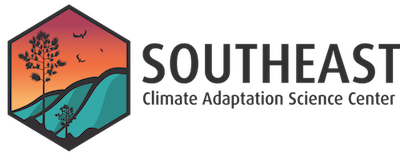Predicting Invasive Vine Spread in the Southeast Using Remote Sensing and Species Distribution Models

Project Information
Principal Investigator: Carla Restrepo (University of Puerto Rico- Rio Piedras)
Project Start: August 2024
Proposed Project Completion: August 2026
Implements Science Plan Theme: Innovation
Co-Investigators:
Elena Rubino (University of Arkansas at Monticello)
Mona Papes (University of Tennessee, Knoxville)
Luke Flory (University of Florida)
Overview:
The Southeast is a hotspot for invasive vines that disrupt ecosystem functions, outcompete native species, and affect agriculture and infrastructure. Forecasting the potential spread of these vines under changing climates, land use, and socio-economic conditions is critical for managing their impact. Species distribution models (SDMs) and remote sensing (RS) are key tools for this effort, with SDMs predicting potential species distributions and RS mapping invasive species and suitable conditions. However, these methods typically focus on individual species and abiotic conditions, not biotic factors, like the distributions of host plants and co-occurring vine species. Incorporating biotic variables from RS into SDMs can better capture the dynamics of invasive vine spread in the Southeast and improve the utility of these models.
This project will examine invasive vines and their host plants in the Southeast by integrating SDMs and RS to evaluate how biotic factors (e.g., host plants and other vine species) refine predictions of invasive vine spread. It also includes a social dimension, exploring how people interact with invasive vines and fostering collaborations across the region to address shared management challenges. Undergraduate students will conduct literature reviews and internet searches, while graduate students from Southeast CASC-affiliated universities will receive training in socio-ecological, SDM, and RS methods during two 6-day winter schools in Puerto Rico. Additional outreach, including online surveys and networking, will document the impacts of invasive vines and gather insights about management practices from those with first-hand experience.
Expected outcomes include a regional review paper on invasive vines, SDMs incorporating RS, and capacity building through training programs. This work will benefit scientists, resource managers, and others managing agriculture, forests, protected areas, and infrastructure, such as power lines and roads.
